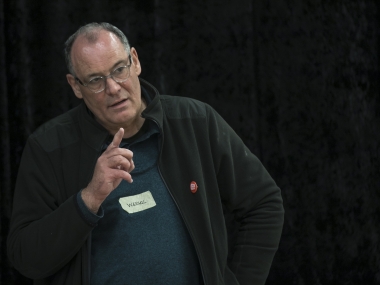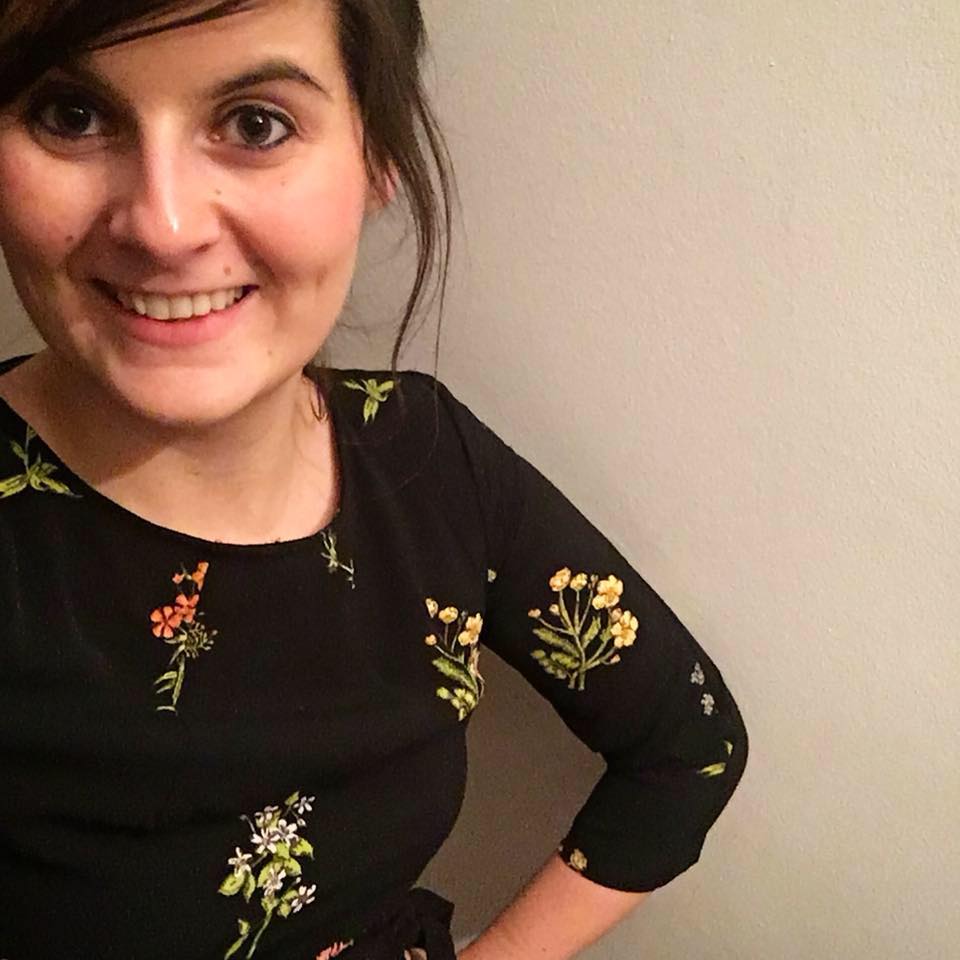Start placemaking in your own courtyard!
Edited on
09 October 2019The managing team invited Wessel Badenhorst, an expert on placemaking to participate the Come in! Masterclass event in Budapest and help partners understanding how placemaking techniques can contribute to the success of theirgood practice transfer. He gave to the participants a lecture and had a workshop with locals at the target area of Újbuda. Report from Ferenc Szigeti-Böröcz, network expert.

The Budapest100 as the URBACT good practice is actually a two-day long community festival co-organised by local residents and a massive group of volunteers to highlightvalues of the built environment as well as common values to decrease urban isolation. Residents open the doors of their houses and organise programs for visitors reflecting on their own built heritage. Visitors get to know the history of the house and the architectsby reading installations or listening to stories prepared by residents, supported by a massive number of passionate urbanist volunteers as researchers and programme organisers. Whilst listening to the local stories and reading the history of the house, participants,including the neighbours, start to talk to each other. And that?s the point! Visitors explore their own city through a new perspective, while residents explore their connections to their house and to each other. The main aim of the good practice is primarilynot to protect buildings, but to encourage civilian power alongside the built environment as a catalyst. Its broad mission is to initiate a common discussion about urban revival and to inspire the establishment and strengthening of residential communities andto take action against urban social isolation by using cultural heritage and built environment as a tool.
Come in! partner cities will pilot the good practice in various built environment and they should learn how to nurture the community-driven event. Participating municipalities reusing this community-led initiative,should be able to facilitate bottom-up developments without too much control. If they can do so, they can harvest and accelerate the results of such a community festival by crossing silos and generate significant policy impact or spill-overs on the long run.
Celebration helps locals to focus on where they live, but doing something voluntarily for our own neighbourhood and create/strengthen an emotional connection through participatory placemaking actions towardsthe place can really knit communities together. This is why we invited Wessel to explain how residential communities can benefit from small-scale placemaking actions within their own courtyard. Involving participatory placemaking techniques to the festivalis also the future of the good practice itself.
It is much easier to start placemaking on a very small scale, for instance in courtyards. However, essential questions come up at this scale as well. Who are the ?placemaker/s? and who decides what should bedone to improve or change a place? It is clear that the question is political. Not party-political, but at the heart of how a local democracy works or should work. The challenge is to make public spaces into places which people enjoy using regularly and witha range of activities and amenity that enhance the quality of life in a neighbourhood. This is the mission of placemaking and of the people who initiate actions to bring spaces to their full potential.
Read the ?Guidelines for the practice of participatory placemaking? and the ?Report on participatory placemaking workshop at Őrmező, Budapest? by Wessel Badenhorst to find out more about these practical questions!
Report on participatory placemaking workshop is available here.
Guidelines for the practice of participatory placemaking is available here.
Ferenc Szigeti-Böröcz, network expert
 Submitted by k.tapody on
Submitted by k.tapody on
